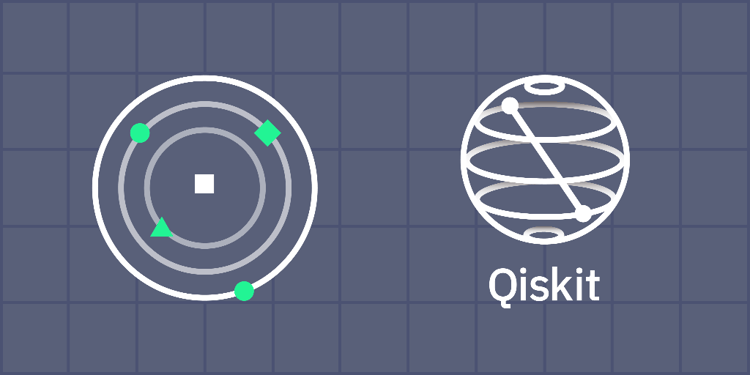This device is not compatible.
You will learn to:
Create and simulate a quantum circuit using Qiskit.
Encode classical data on quantum circuits.
Implement a quantum computing algorithm from scratch.
Leverage the quantum advantage for a machine learning problem.
Skills
Quantum Computing
Quantum Algorithms
Quantum Machine Learning
Prerequisites
Hands-on experience with Python
Basic understanding of quantum computing
Basic understanding of machine learning
Intermediate understanding of linear algebra
Hands-on experience with Qiskit
Technologies
NumPy
Qiskit
Pandas
seaborn
Scikit-learn
Project Description
The nearest neighbor (KNN) classification is a supervised machine learning algorithm used to classify a sample based on the sample(s) nearest to it.
Qiskit is an open-source quantum computing software development kit (SDK) by IBM Quantum. One of the most popular quantum-computing SDKs, Qiskit allows gate-based implementation of quantum circuits. Moreover, Qiskit has dedicated frameworks for specific applications like finance and simulations.
In this project, we’ll implement a quantum algorithm to perform KNN classification. To achieve this objective, we’ll first create a quantum circuit on which the quantum KNN algorithm will be executed. After that, we’ll encode the dataset to the quantum circuit. Then, we’ll simulate the quantum circuit on a simulator and extract the nearest neighbor from the simulation results.
Project Tasks
1
Getting Started
Task 0: Project Overview
Task 1: Import Libraries
2
Data Preprocessing
Task 2: Import the Dataset
Task 3: Plot the Dataset
Task 4: Normalize the Dataset
Task 5: Split the Dataset
3
Data Encoding
Task 6: Understand the Encoding Technique
Task 7: Encode the Test Vector
Task 8: Encode the Training Data
Task 9: Create a Superposition of the Training Vectors
4
Creation of the Quantum Circuit
Task 10: Create the Quantum Registers
Task 11: Add the Registers to the Quantum Circuit
Task 12: Initialize the Quantum Registers
Task 13: Apply the Quantum SWAP Test to the Quantum Circuit
Task 14: Measure the Qubits
5
Simulation and Postprocessing
Task 15: Execute the Quantum Circuit
Task 16: Decode the Simulation Results
Task 17: Evaluate the Distances of the Training Samples
Task 18: Find k Nearest Neighbors
Task 19: Determine the Model Accuracy
Congratulations!
Subscribe to project updates
Atabek BEKENOV
Senior Software Engineer
Pradip Pariyar
Senior Software Engineer
Renzo Scriber
Senior Software Engineer
Vasiliki Nikolaidi
Senior Software Engineer
Juan Carlos Valerio Arrieta
Senior Software Engineer
Relevant Courses
Use the following content to review prerequisites or explore specific concepts in detail.

